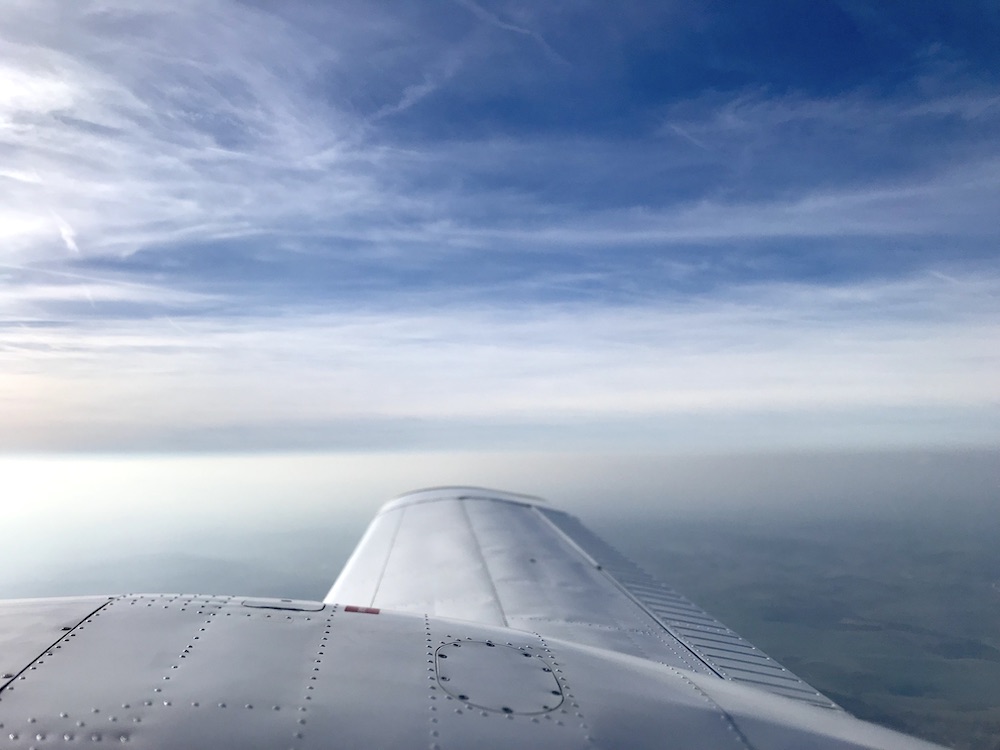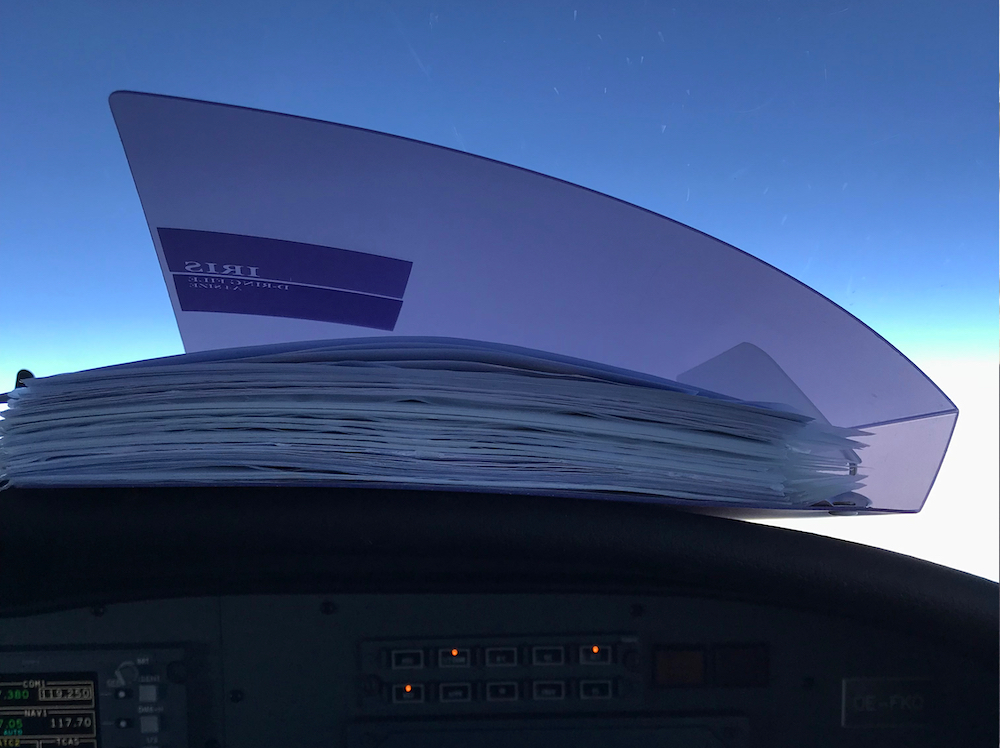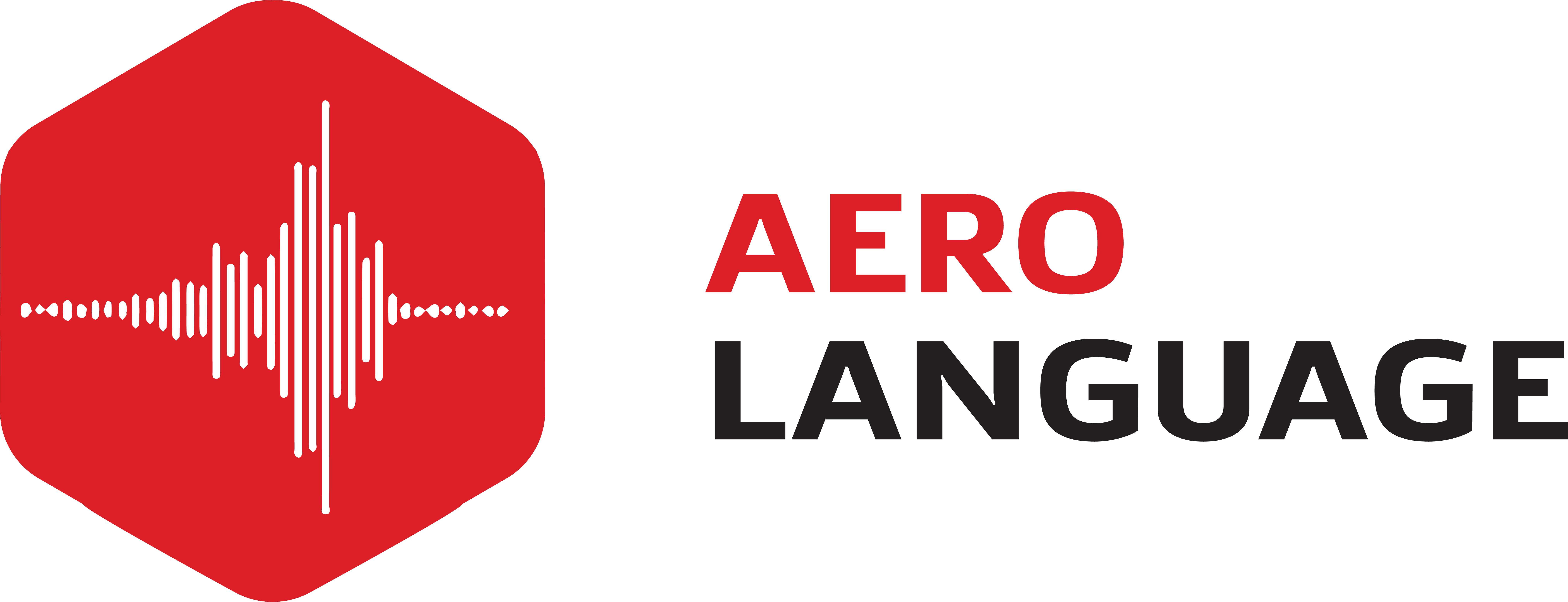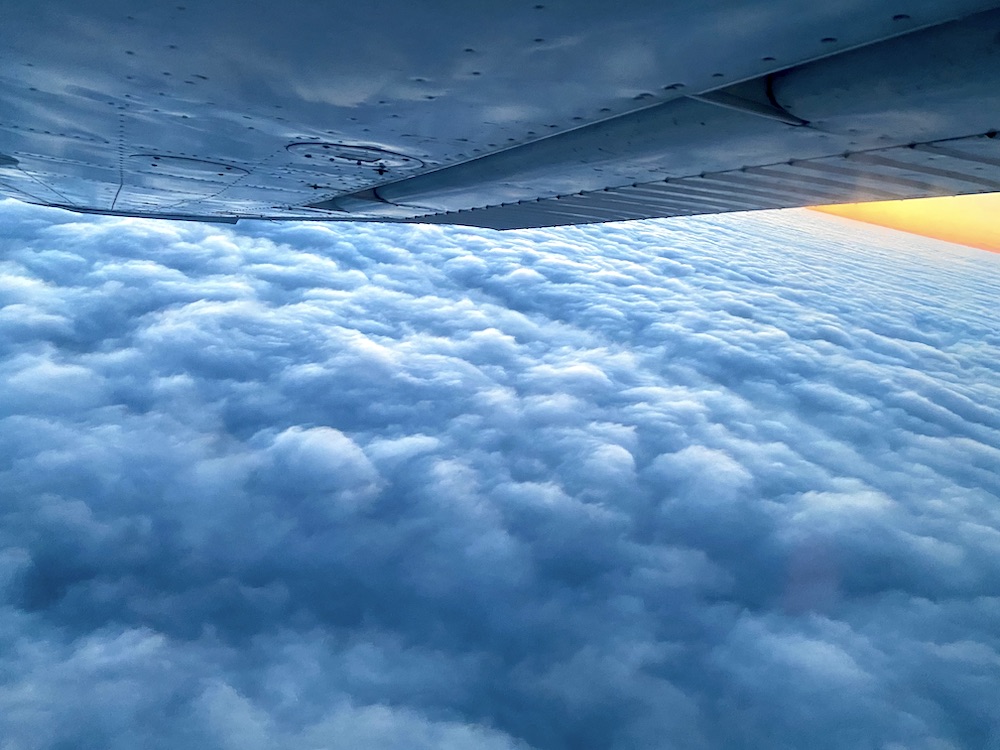
BIR Single Engine
Basic Instrument Rating Single-Engine
General Aviation IFR rating made easy ✓
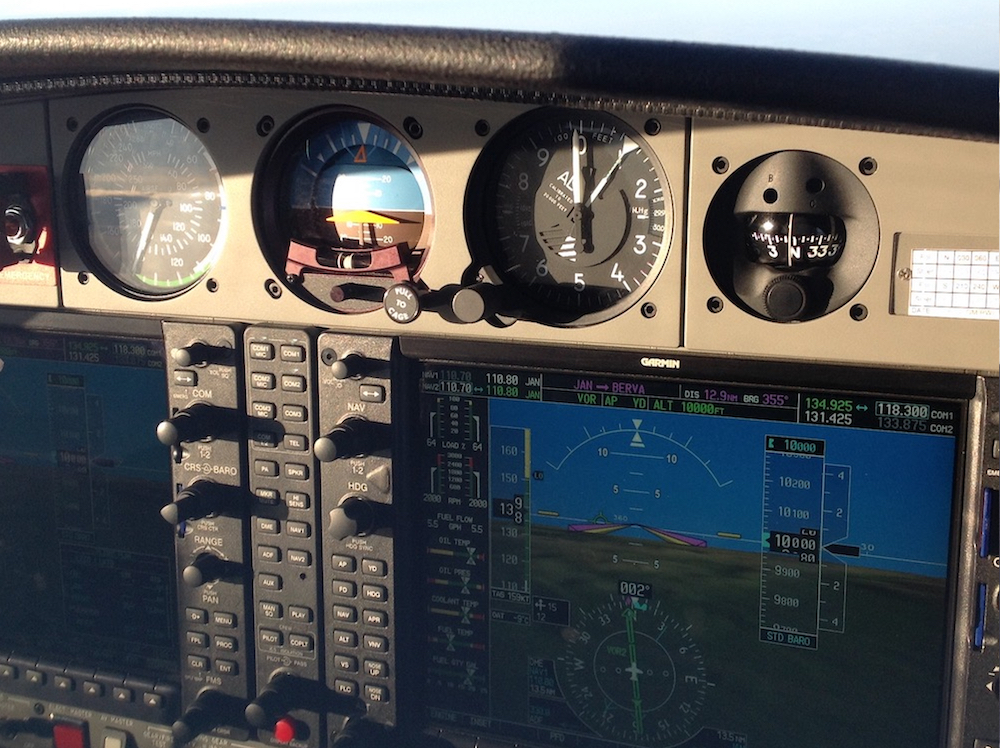
BIR Multi Engine
Basic Instrument Rating Multi Engine
IFR made for general aviation pilots ✓
Basic Instrument Rating
The target audience for the Basic Instrument Rating are general aviation pilots that fly single-pilot general aviation aeroplanes under their class rating (excluding high-performance aeroplanes) for non-commercial operations. The Basic Instrument Rating is intended to encourage general aviation pilots to conduct A-B flights under IFR.
By establishing Enroute Instrument Rating EASA wanted to approach general aviation pilots to become instrument rated. However EIR turned to be too restrictive since it did not allow a pilots to fly instrument departures and approaches. That's why the Basic Instrument Rating (BIR) replaced the EIR in late 2021.
Simply the basic instrument rating specifically fits your needs to fly safe and much more efficient than VFR.
BIR rating for private pilots
This pure competency-based approach to the instrument training is specifically designed to pilots flying general aviation in non-commercial environment. Whether you are a private pilot or aircraft owner flying often for business or leisure purposes, Basic Instrument Rating is something you will benefit from.
There are many general aviation pilots and aircraft owners flying very well equipped aeroplanes with advanced avionics such as Cirrus SR22, Diamond 42 and many others. If you are one of them, the basic instrument rating is something to "must have" for you. We will fly with you and meet your proficiency standards in the way that you will be able to fly an aircraft in IFR just by yourself.
We did it in the past.
We know how to do it.
We will do it also do it with you!
BIR for professional pilots
As a matter of fact, the BIR privileges do not allow you to fly commercial IFR flights. Although for you as a young pilot aspiring for the future airline pilot career the Basic Instrument Rating might be a great tool how to build your hours towards the multi-engine class rating and commercial pilot requirements. You will be able to fly your timebuilding under IFR which is much more beneficial for future professional pilot other than flying VFR cross country.
This flight time will not only enhance your skills and knowledge, but it will also lower the price for a real instrument rating. In addition this IFR flight time will be fully counted towards an Instrument Rating Instructor privileges or minimum requirements for issue of the ATPL license.
BIR Philosophy
BIR training that is entirely competency-based There is no minimum hours requirement set for the BIR. Instead, the required competencies that a general aviation pilots need for an IFR flight are grouped into three modules of training, with an optional fourth module for multi-engine IFR operations. Trainees will progress to the next module or skill test when ready to do so.
Training that is flexible. The core module of instrument flying skills must always be completed first, and after having done so, the candidate may choose which further module to tackle next, within a timescale that suits them. This takes into account the fact that general aviation pilots may often not have the time or financial resources to commit to a more conventional continuous course of training towards the instrument rating.
Focus on the practical needs of general aviation pilots. Holders of the Basic Instrument Rating should feel confident to use it to the full extent of its privileges. While IFR flights have many safety advantages, it is central to the BIR philosophy to assess the risks of a particular flight in a more systematic way. To this end, the training will be focused on the real-world instrument flying needs of general aviation pilots, with particular emphasis on practical application of threat and error management. This will ensure that the full safety and utility benefits of IFR flight are reaped.
High standards of flight training and testing. Despite the focus on general aviation needs, practical training and testing standards are similar to those of the current competency-based instrument rating and, particularly with regard to interaction with other airspace users. It is very important that general aviation pilots who fly under IFR have the required competencies for this.
Basic Instrument Rating training
The competency-based training is conducted through a modular training system. There are four modules: Module 1 is completed first, but the order in which Modules 2 and 3, and if applicable Module 4, are completed is up to the applicant.
Module 1 provides the foundation of instrument flying competencies: the core flying training module of flight handling skills by sole reference to instruments. A course completion certificate will be issued after an acceptable standard has been reached and before the pilot is allowed to commence further training modules.
Module 2 introduces 2D and 3D instrument approach procedures such as non-directional radio beacon (NDB), instrument landing system (ILS), performance-based navigation (PBN) (for example, global navigation satellite system (GNSS), etc.), standard instrument arrival (STAR), and standard instrument departure (SID).
Module 3 includes en route flight under IFR.
Module 4 — with one engine inoperative, if a multi-engine BIR is sought, this module includes asymmetric instrument approach and go-around procedures.
Each module contains the required individual competencies. It will be up to the ProfiPilot Training and instructor to determine whether the competencies have been assimilated to the required standard before allowing the candidate to progress to the next module or skill test. This will allow that the difference in learning speed of candidates can be taken into account for their progress.
Instrument rating privileges
The privileges of a Basic Instrument Rating holder are to conduct flights under IFR on single-pilot aeroplanes for which class ratings are held, with the exception of high-performance aeroplanes and aeroplane variants if operational suitability data has determined that an IR is required. BIR privileges may be exercised at night only if the pilot holds a night rating.
The exercise of BIR privileges are subject to all of the following conditions:
- the decision height (DH) or minimum descent height (MDH) used in aerodrome operating minima shall be at least 200 ft greater than what would otherwise be calculated according to point ‘NCO.OP.110 Aerodrome operating minima aeroplanes and helicopters’ and point ‘NCO.OP.111 Aerodrome operating minima – NPA, APV, CAT I operations’ to Annex VII of Regulation (EU) No 965/2012; and
- the visibility used in aerodrome operating minima shall not be less than 1 500 m;
- the pilot-in-command shall not commence a flight under IFR or undertake a VFR to IFR transition, unless:
- at the aerodrome of departure, the visibility is at least 1 500 m and the cloud ceiling is at least 600 ft, or the published circling minimum applicable to the aeroplane category, whichever is the greater; and
- at the destination aerodrome and at any required alternate aerodrome the available current meteorological information indicates, for the period from 1 hour before until 1 hour after the estimated time of arrival, or from the actual time of departure to 1 hour after the estimated time of arrival, whichever period is shorter, a visibility of at least 1 500 m and a cloud ceiling of at least 600 ft, or the published circling minimum applicable to the aeroplane category, or the DH/MDH incremented by 200 ft, whichever is the greater.
Revalidation of Basic Instrument Rating
A BIR is valid for 1 year. To revalidate the BIR you have to:
- within a period of three months immediately preceding the expiry date of the rating, pass a proficiency check with an EASA Examiner in accordance with Appendix 9 to this Part; or
- within the validity period, complete 6 hours as PIC under IFR including three instrument approach procedures and complete a training flight of at least one hour with an instrument instructor.
For each alternate subsequent BIR revalidation, the holder of the BIR shall pass a proficiency check with an EASA Examiner.
